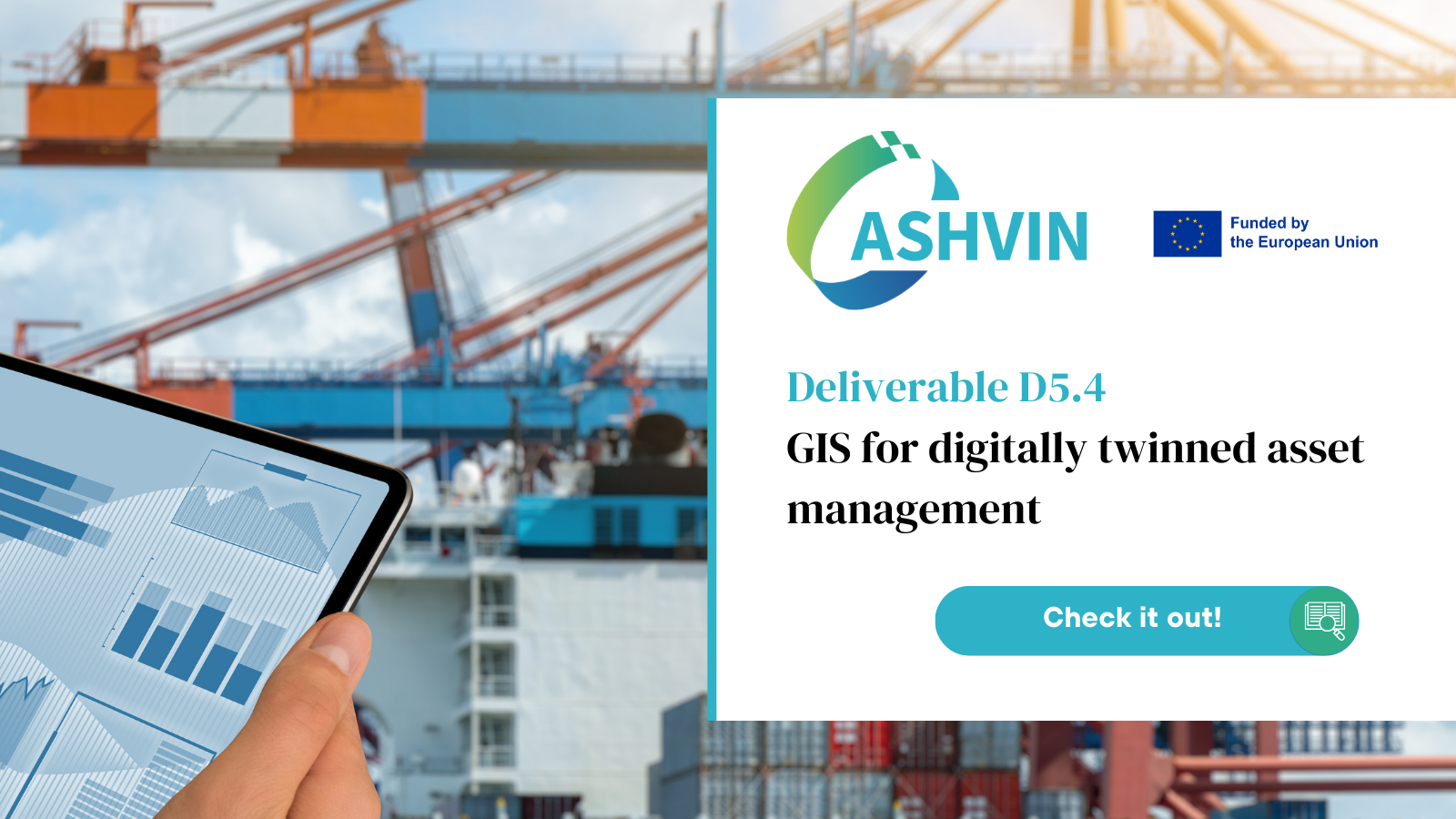ASHVIN WP4 “Control and real-time simulation of construction” develops applications for better managing and controlling construction site activities using digital twin data. This includes data-driven risk management procedures allowing construction managers to manage risks stochastically and a configuration management method that allows them to constantly control whether the as-built progress still reflects the as-designed progress. Deliverable 4.4, entitled “Risk Management” was drafted by InGEO team, a technical partner in the project, and this report is related to task 4.4 Data-driven risk management.
Abstract
In order to develop a comprehensive digital-twin supported site risk management regime it is important to collect data on productivity from well-documented previous construction activities. One of the highest risk activities in construction relates to unknown or unanticipated soil conditions. Soils are naturally occurring, variable materials whose properties depend on stress and strain level and vary temporally. Current design methods deal with uncertainty by assuming conservative estimates of soil properties and calculating the response of the geotechnical structure to some unlikely set of extreme loads. In certain analyses involving soil-structure interaction problems (e.g. soil retaining structures) the loads experienced by structural elements (such as piles, anchors, walls etc.) are directly related to the displacements (strains) experienced. Therefore, only a model that uses the most-likely soil and structure properties at any given point in the life-cycle of a structure to accurately predict the displacement can allow the real safety level (resistance to additional loading) of a structure to be determined.
This deliverable uses monitoring data collected from the construction of a deep-sea quay wall to determine the real safety level of the wall throughout the construction programme. An advanced finite element model is implemented that can capture the real response. By comparing the measured and predicted response of the wall, a number of updates are initiated that incorporate the knowledge gathered and allow for the reduction of uncertainty logically and consistently. The development of Ports is driven by ever-increasing vessel sizes. To replace an existing quay wall to allow for larger vessels means an investment of several 100 million euros and a high environmental cost in terms of CO2 emissions from new construction. In this report the digital twin developed demonstrated the safety level of the existing wall to several metres of additional dredging.
Download the entire report in Open Access via Zenodo:
https://zenodo.org/record/8074932
For more information, visit our Digital Toolkit Page, and connect with us through our LinkedIn or Twitter communities!





